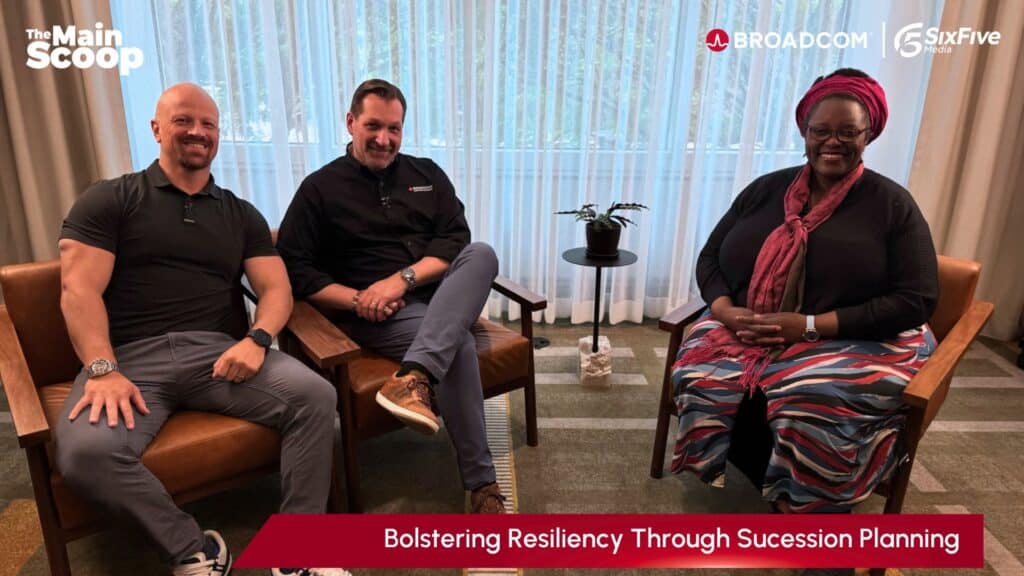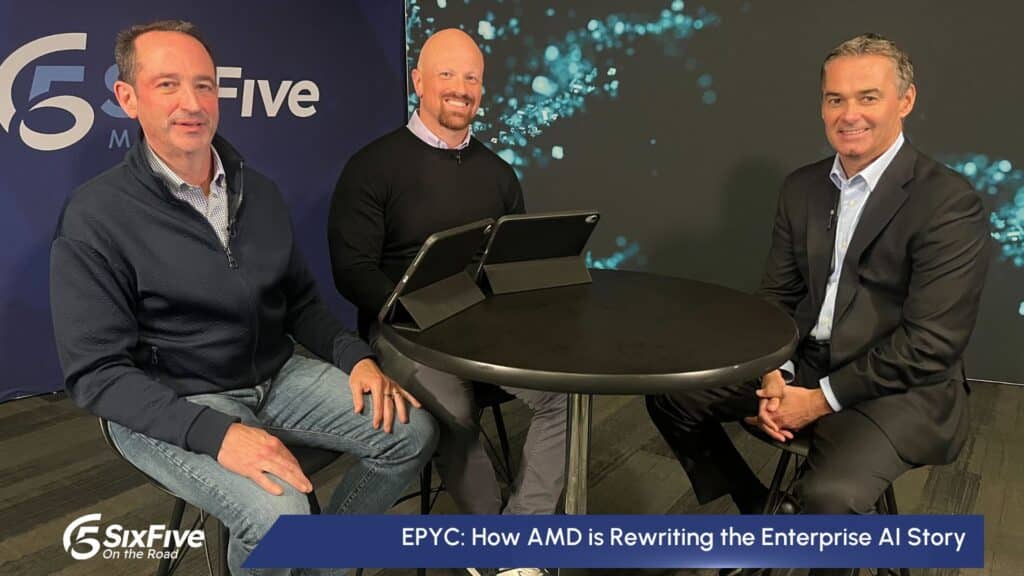The News: Recently, Mark Zuckerberg, the CEO and Founder of Meta (formerly Facebook), announced that Meta is partnering with the video conferencing platform Zoom for the Meta Horizon Workrooms, which is Meta’s social and workplace metaverse platform, to test out Meta Horizon Workrooms Zoom avatars mode for conferencing in workplace settings. According to Meta, Horizon Workplaces provides an immersive virtual office for meetings to brainstorm, share presentations, and collaborate to get work done, whether wearing a Meta Quest headset or joining from a 2D screen. Read about Meta Horizon Workrooms Zoom on the Meta website.
Meta and Zoom Collaborate on Meta Horizon Workrooms Meeting Avatars
Analyst Take: Recently, Mark Zuckerberg, the CEO and Founder of Meta (formerly Facebook), announced that Meta is partnering with the video conferencing platform Zoom for Meta Horizon Workrooms, which is Meta’s social and workplace metaverse platform, to test out its Meta Horizon Workrooms avatar mode in workplace settings. Meta Horizon Workrooms is a virtual office and meeting room environment, designed as Meta’s first step to building an “enterprise metaverse” where teams are able to collaborate and work together in immersive, virtual reality (VR) environments. Meta describes Horizon Workrooms “as an immersive virtual office where you can meet teammates, brainstorm ideas, share presentations, and get things done, whether you’re wearing a Meta Quest headset or joining from a 2D screen.”
Meta Horizon Workrooms Zoom Avatars
For meeting attendees who do not want to be on video, but wish to include nonverbal clues and facial effectiveness, avatars provide a good option, and add some personality albeit without video. Avatars replaces video with a 3D virtual avatar that mimics head motions and facial cues offering a simple and entertaining way to participate in meetings.
Meta Workrooms are currently integrated with Zoom, allowing everyone to meet in Meta Horizon Workrooms, whether they have a Meta Quest VR headset or not. Meeting attendees are able to join a Zoom meeting directly from Workrooms or add Workrooms to any Zoom call to connect with their team.
What Is the Metaverse?
The metaverse is what many in the computer industry believe is the next iteration of the internet, describing it as a single, shared, immersive, persistent, 3D virtual space where humans experience life in ways they are not able to do in the physical world. Some of the technologies that provide access to the metaverse, such as VR headsets and augmented reality (AR) glasses, are evolving quickly; but experts point out that other critical components of the metaverse, such as adequate bandwidth or interoperability standards, are likely years off or might never materialize. Interestingly, the term metaverse was created in 1992 by author Neal Stephenson in his sci-fi novel Snow Crash, and his work on the technologies that underpin a VR-based internet, which dates back decades.
Potential Metaverse Use Cases
- Onboarding: With Metaverse onboarding, companies have an opportunity to transform onboarding into a VR experience for new hires to meet people within the company, know more about the culture and values, and understand people in a much better way.
- Banking and Finance: Banks can use the metaverse to make it easier for their customers to interact virtually with representatives for help and advice without visiting the bank.
- Real Estate: Real estate businesses can replicate their properties in a virtual metaverse environment. For example, they are able to provide accurate virtual modeling of the property.
- Healthcare: Medical students and professionals can leverage the metaverse to practice procedures and learn new skills in a risk-free environment.
It will be interesting to see how companies react to meeting attendees responding to their employees using avatars versus being on video, and in addition, how companies adopt metaverse use cases to achieve their business goals. Meta’s collaboration with Zoom to test Meta Horizon Workrooms Zoom avatars in the workplace will be an interesting experiment to follow.
Disclosure: The Futurum Group is a research and advisory firm that engages or has engaged in research, analysis, and advisory services with many technology companies, including those mentioned in this article. The author does not hold any equity positions with any company mentioned in this article.
Analysis and opinions expressed herein are specific to the analyst individually and data and other information that might have been provided for validation, not those of The Futurum Group as a whole.
Other Insights From the Futurum Group:
Zoom’s Changes Cause Confusion on When Data Is Used To Train AI
Zoom Adds Generative AI-Powered Zoom IQ Features. Will They Resonate?
Author Information
As Practice Lead - Workplace Collaboration, Craig focuses on developing research, publications and insights that clarify how the workforce, the workplace, and the workflows enable group collaboration and communication. He provides research and analysis related to market sizing and forecasts, product and service evaluations, market trends, and end-user and buyer expectations. In addition to following the technology, Craig also studies the human elements of work - organizing his findings into the workforce, the workplace, and the workflows – and charting how these variables influence technologies and business strategies.
Prior to joining Wainhouse, now a part of The Futurum Group, Craig brings twenty years of experience in leadership roles related to P&L management, product development, strategic planning, and business development of security, SaaS, and unified communication offerings. Craig's experience includes positions at Poly, Dell, Microsoft, and IBM.
Craig holds a Master of Business Administration from the Texas McCombs School of Business as well as a Bachelor of Science in Business Administration from Tulane University.




